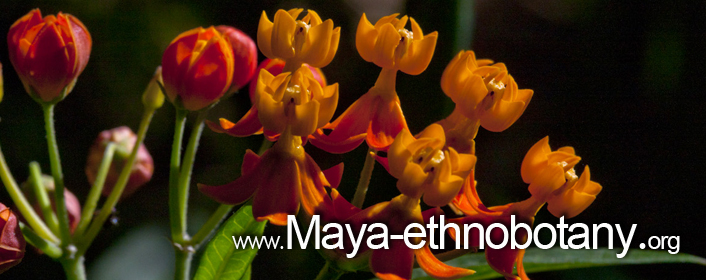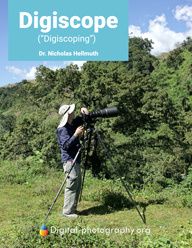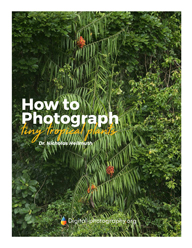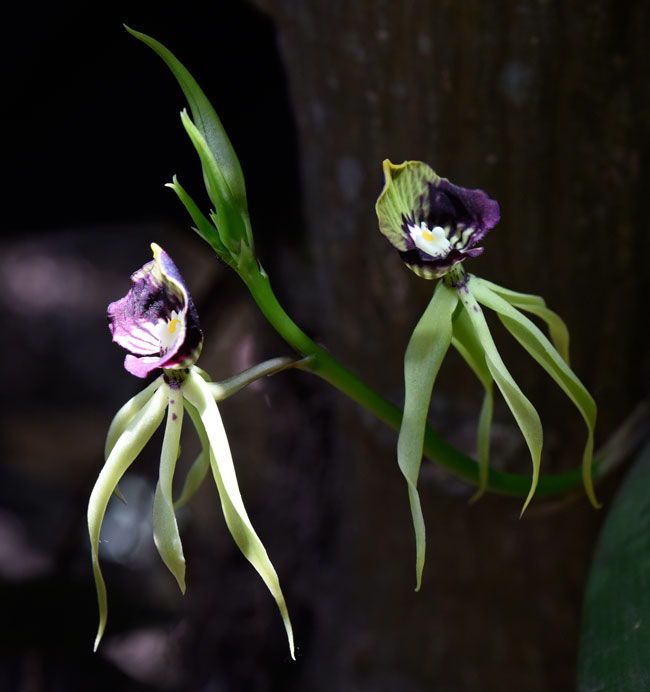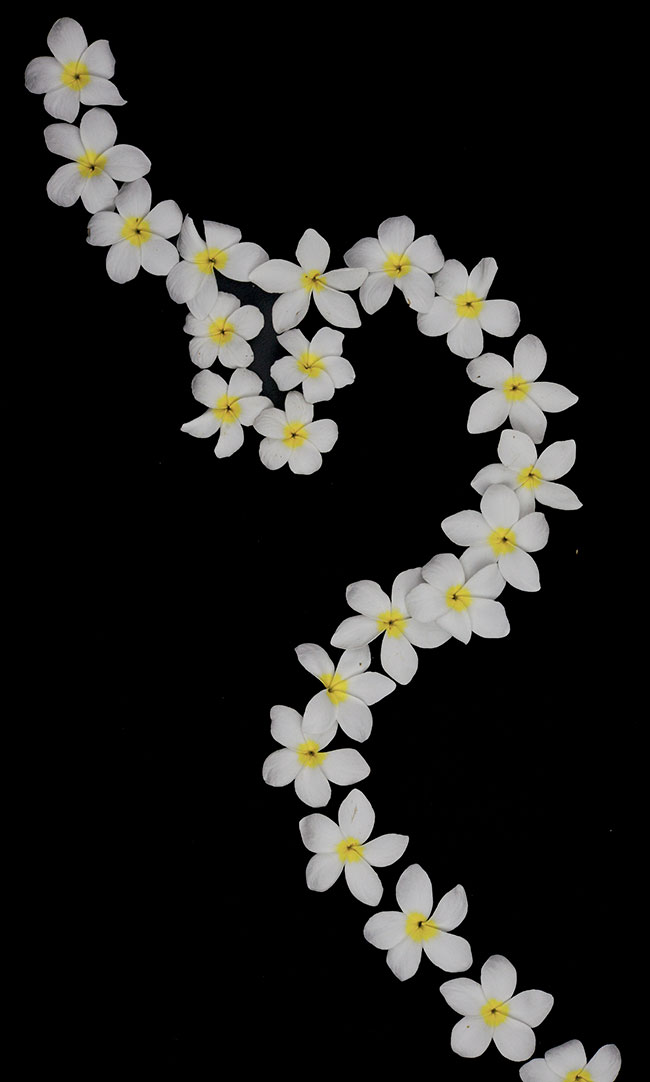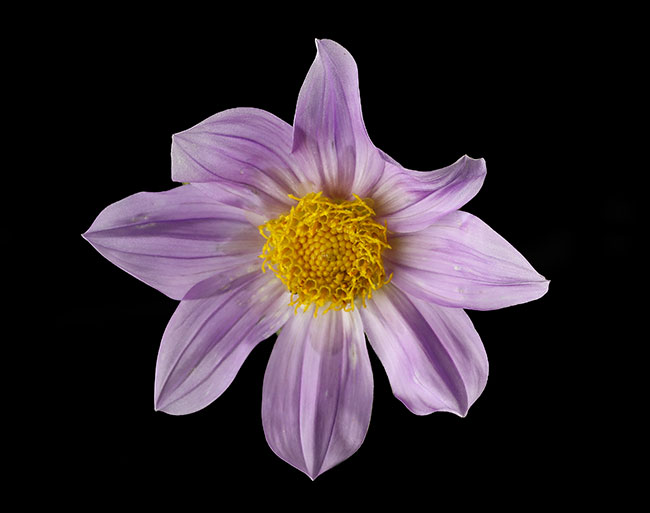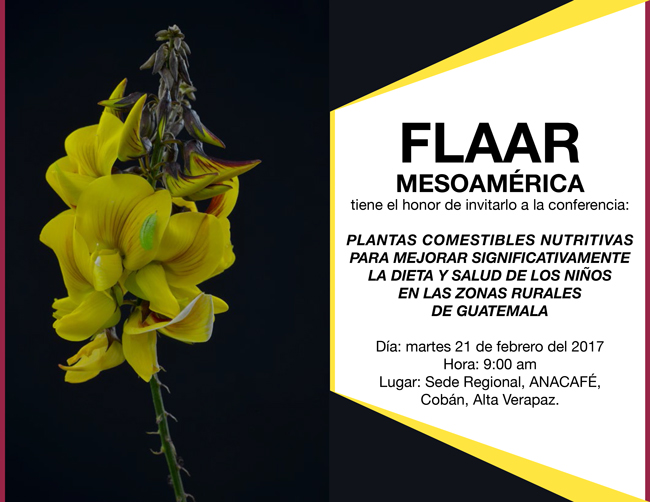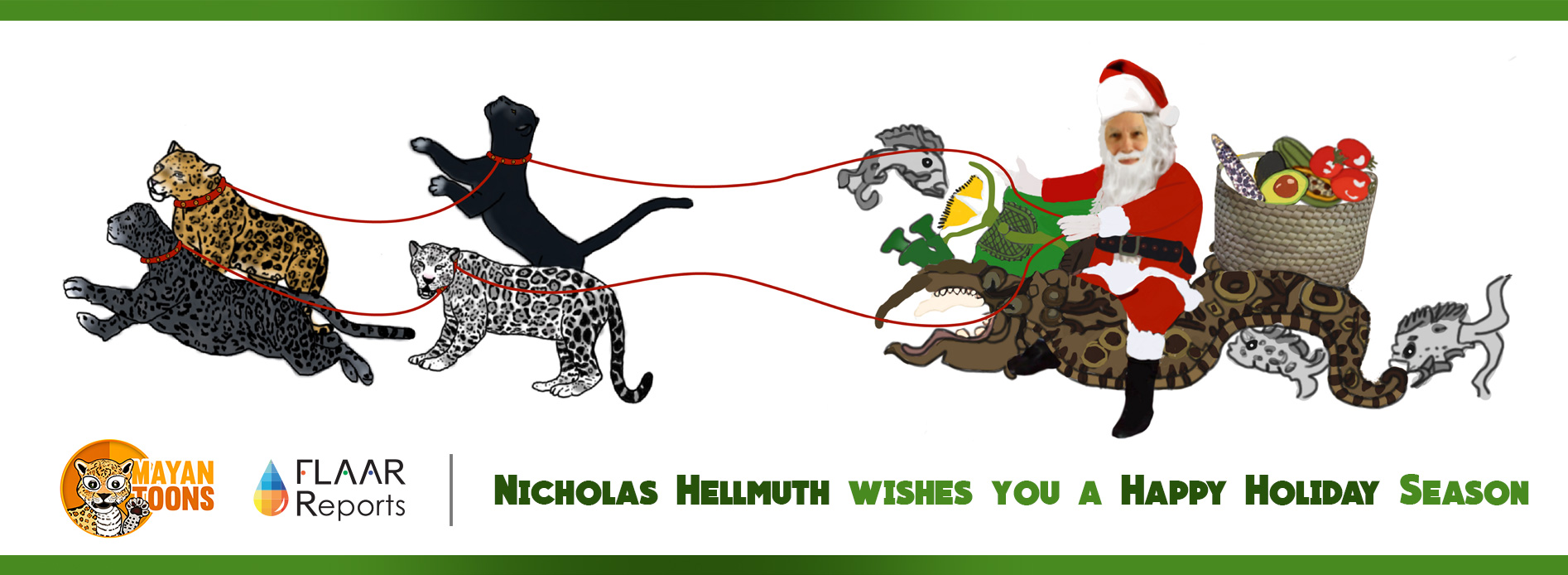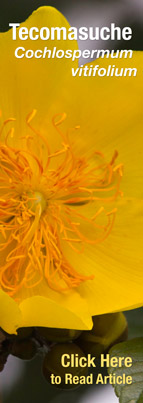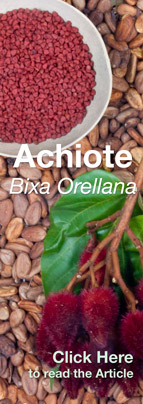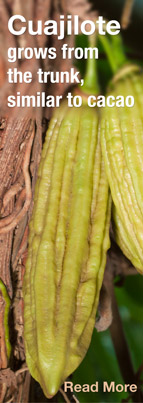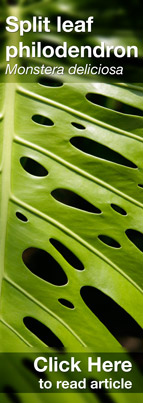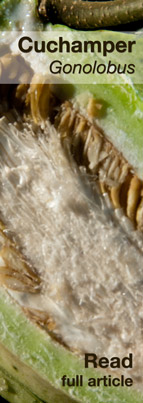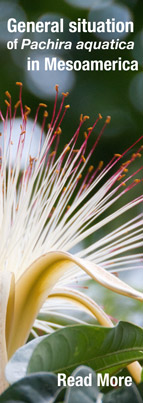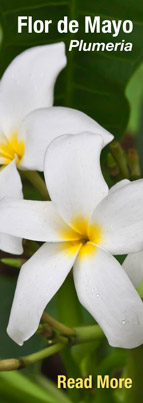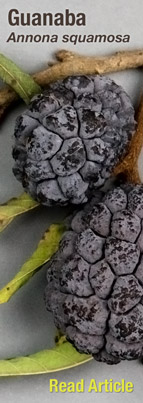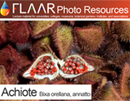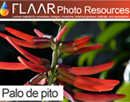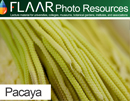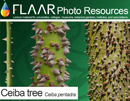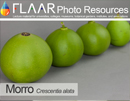When time and funding permit, each flower (each plant species) will have its own page, and its own PDF, and eventually its own PPT so that professors and students have plenty of material on Guatemala (and Honduras, etc) to study.
Heliconia adflexa, Coban, Guatemala, Hotel Monja Blanca, FLAAR, by Nicholas Hellmuth
This space is for flowers
we have recently found and photographed.
|
| Share
|
|
|
Why? When? Digiscoping for botanists and flower photographers?
Posted Jul. 28, 2017
Lots of birders use digiscopes to photograph birds that even an 800mm camera lens can barely capture. We have experience with 200mm, 300mm, and 400mm lenses, and will be testing a 600mm prime lens in August.
This conference is made to present the importance of nutrition among Guatemalan children, especially in rural areas, and the health benefits that this can have in the Mayan society.
But for photographing plants, not many people suggest a digiscope. But while doing a research project on listing all the heliconia species native to Guatemala, we quickly found out that even a 400mm telephoto lens was not enough.
So we are considering testing and evaluating a SWAROVSKI OPTIK digiscoping system.
|
|
Three national flowers all blooming the same week in FLAAR ethnobotanical Garden
Posted April 7, 2017
|
National flower of El Salvador |
|
|
National flower of Belize |
|
|
National flower of Nicaragua |
|
|
All blooming same day in the ethnobotanical research garden surrounding the office of FLAAR. |
|
|
We also have the national flower of Mexico in our ethnobotanical garden, Dahlia, but it bloomed in past month. |
National flowers of Honduras, Costa Rica and Guatemala are three different species of orchid. That of Guatemala (Monja Blanca) is endangered so it is not appropriate to take it off a tree to bring to your garden. |
|
|
Different varieties of Mayan Cacao, for cocoa and chocolate
Posted March 16, 2017
Our team of FLAAR is assisted by several Q’eqchi’ Mayan-speaking people in Alta Verapaz and Peten. These “plant scouts” go out in their areas to help us find plants which are on our “would really like to find and photograph list.”
About 7 months ago we found cacao pods for sale by a Q’eqchi’ grandmother in Senahu, Alta Verapaz. These cacao pods had a curved end to them. Unfortunately we do not have her contact info nor do we know where she harvested these atypical pods. So we have asked our plant scouts to see if they can find trees with “curved, pointed” cacao pods.
While six of us from FLAAR Reports were doing research on advanced digital imaging in Shanghai, one of our plant scouts said he found a tree filled with curved cacao pods. This is a large tall tree, but not a Theobroma bicolor (so not pataxte, balamte). This is clearly Theobroma cacao, and we hope specialists in cacao DNA can figure out why these pods have a curved end.
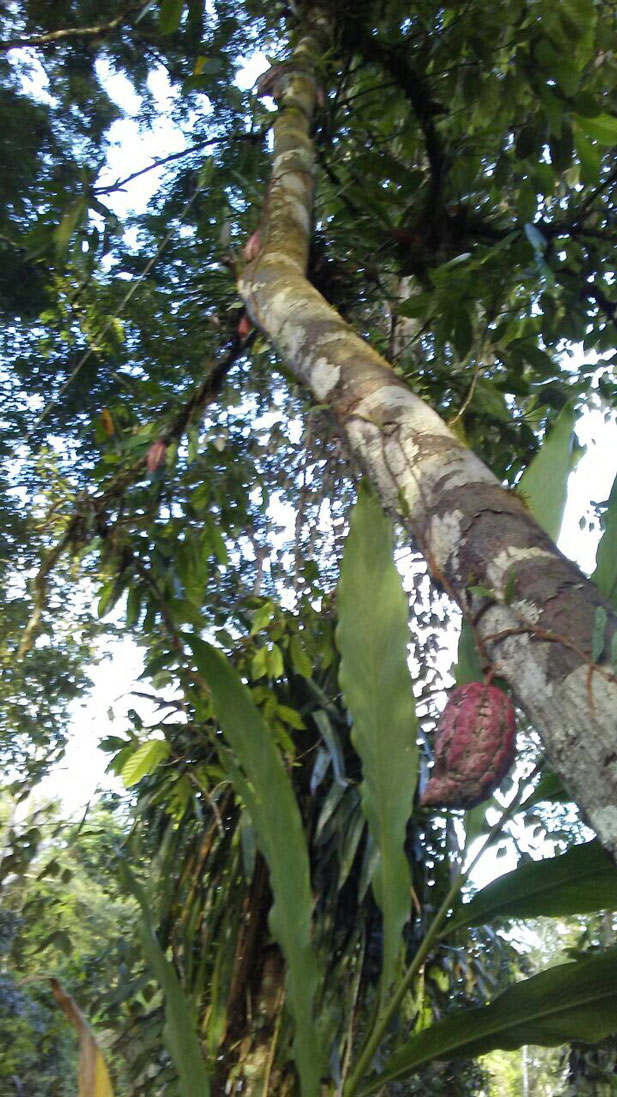 |
Mayan cacao chocolate curved point pod. Peten, Guatemala |
We have also found Theobroma angustifolium in the Costa Sur, but most people suggest this came from Costa Rica by the Spaniards, very quickly after the conquest of Guatemala and Mexico. The curved-ended cacao is absolutely not Theobroma angustifolium.
|
|
FLAAR Mesoamerica has the honor to invite you to…
Posted Feb. 13, 2017
Plantas Comestibles Nutritivas para Mejorar Significativamente la Dieta y Salud de los Niños en las Zonas Rurales de Guatemala
This conference is made to present the importance of nutrition among Guatemalan children, especially in rural areas, and the health benefits that this can have in the Mayan society.
You can download the formal invitation in the link above.
|
|
Improving Mayan Diet with Healthy Local Plants
Posted Jan. 2, 2017
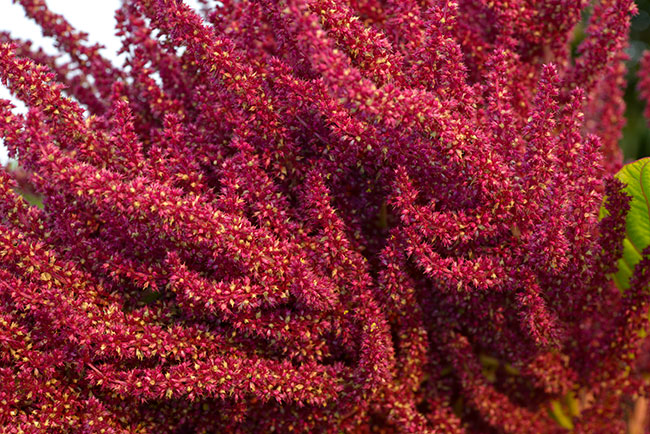 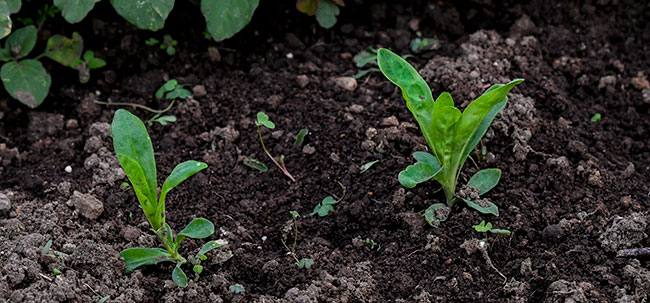 |
Amaranth, Amaranthus hypochondriacus, with an insect which may possibly be Brachygastra mellifica, one of the few wasps of Mesoamerica which makes honey. Photographed in Rabinal during Day of the Dead ceremonies, Nov. 1 and Nov. 2, 2016. |
The diverse eco-systems throughout the Mayan areas of Guatemala and adjacent countries offer much more than just maize, beans, and squash of the traditional milpas. For thousands of years people also ate seeds, leaves, flowers, roots, and even edible vines of plants growing around their homes or in nearby forests.
We at FLAAR Mesoamerica have worked for years to learn what nice edible plants can improve the health of people both in villages and in remote areas. Several Guatemalan botanists and agronomists also have excellent articles and books on these subjects; Dr Cesar Azurdia is one example. When you visit remote areas, you quickly see healthy edible plants which are totally missing from most peer-reviewed journal articles in USA and Europe. And our list of plants to support Mayan families already exceeds all lists produced by the experienced botanist Cyrus Lundell and other Carnegie Institution of Washington scholars of the 1930’s through 1950’s.
Plus we have more documentation on edible aspects, more than in the helpful Standley and Steyermark monographs on flora of Guatemala, Mexico, Honduras, and Belize.
Our goal for 2017 is to seek funding so that we can publish our results, especially in local Mayan languages so that both parents, children, and grandparents, can learn about all the potential healthy edible plants available in Guatemala. Improving health is a crucial goal.
With most of the mature forests being bulldozed for commercial purposes, it is useful to have a list of plants available 2000 years ago. And especially, our goal is to do close-up photography of the flowers to help botanists identify the species.
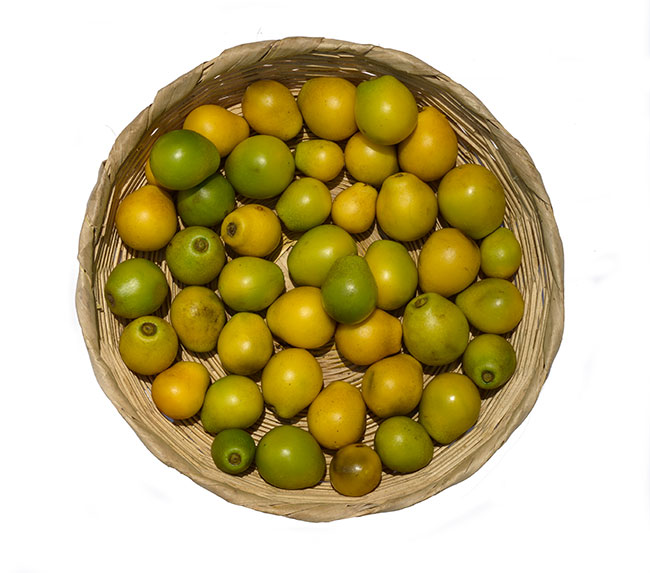 |
| Nance, which ironically looks almost like jocote fruits. Nance is an edible fruit native to many parts of Mesoamerica and sold in Mayan village markets of Guatemala and other countries. Nance grows on a small to medium sized tree, Byrsonima crassifolia. Nance is mentioned in the Popol Vuh as food of the mythical macaw-like deity. |
In addition to publishing scholarly lists, it is also crucial to publish for children, in a style that children’s patience will encourage them to read. Two of us flew to the largest book fair in Latin America (800,000 people attended this book fair in Guadalajara, Mexico). So our team of 15 graphic designers, illustrators and biology students now have lots of ideas how to present the information on healthy local Mayan plant alternatives to entire families. Yes, we also will have PDFs for students and professors and researchers, but it is equally important to give this information to local people, including in schools, in their own Mayan language, and Spanish.
As soon as funds are available, you can look forward to innovative publication on the frankly remarkable diversity of healthy edible plants native to Guatemala for thousands of years.
|
|
Happy Holidays, December and January New Year
Posted Dec 20, 2016
FLAAR Reports has two divisions; you are now on one of the web sites of the tropical Mesoamerica flora and fauna team. If you are interested in wide-format inkjet printers, we have an entire network to explain this technology: www.wide-format-printers.org
There is also a growing team of illustrators and graphic designers who do educational children’s books (to show the world the remarkable plants and animals of 2000 years of Mayan civilization in Guatemala, Mexico, Belize, Honduras, and El Salvador).
This holiday card shows four different natural actual colorations of jaguars: normal color, rare but occasional white color, “gray” black, and “total black” (often mistakenly assumed to be a black panther).
The gray and black variants are melanistic jaguars, with one or more genes different than the DNA of the traditional jaguar color. Even in the “solid black” jaguar, the spots still exist and can be seen when the feline is swimming and the sun is at the right angle. Yes, felines love water and love to swim (and chase and eat crocodiles and alligators).
To learn more about animals of the Mayan world, take a look at our www.maya-ethnozoology.org.
To see our newly launched cartoon book web site, look at our
www.mayan-characters-value-based-education.org.
Here you can see a video of Dr Nicholas interacting with a 350 pound tapir and her spotted baby.
|
|
Happy Thanksgiving from FLAAR 2016
Posted Nov 23, 2016
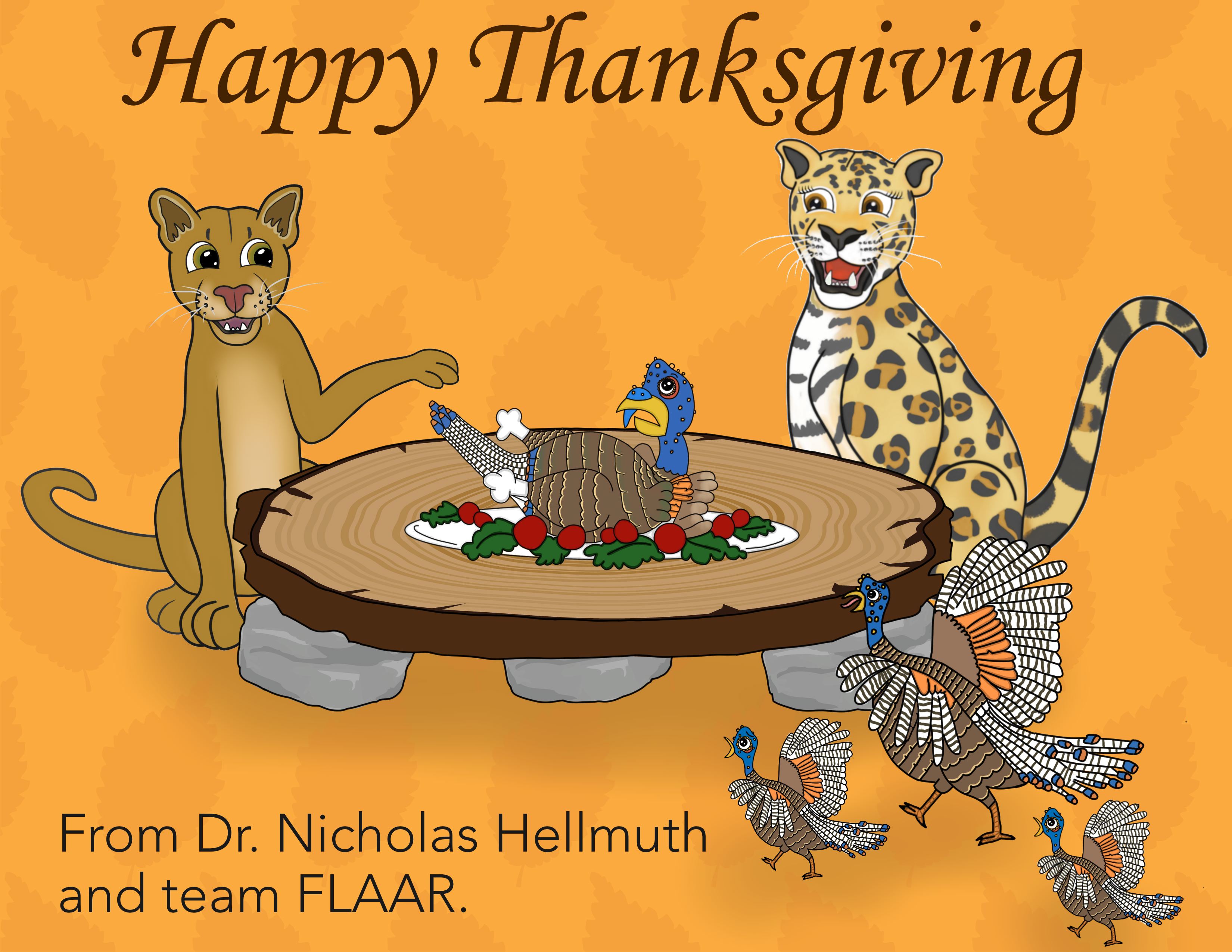
Drawing is by two of our team: university graphic design student Mellany and student intern Maria Josefina, copyright 2016 FLAAR.
The ancient Maya of southern Mexico, Belize, and Guatemala had a turkey species totally different than the North American turkey: the turkey of Guatemala is the ocellated turkey (Meleagris ocellata).
We show here two felines getting ready to have their yummy turkey feast (there are five species of felines in Guatemala: jaguar, puma, jaguarundi, ocelot, and margay).
We hope you enjoy our thanksgiving day bird feast humor. Don’t worry, we do not eat wild ocellated turkeys; they are protected species.
|
|
Cecropia flowers and fruit, Guatemala
Posted Jul 21, 2016
In Mesoamerica, Cecropia trees are treated as a junk tree, as a large weed. But these guarumo trees are actually super important for the eco-systems where they grow in Guatemala (and neighboring countries).
Guarumo helps get burned out milpas back to a future forest. Guarumo helps reforest other areas which have been bulldozed and destroyed by commercial greed.
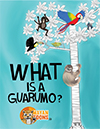 |
Plus, to help document that a guarumo tree is not a giant weed, we will be issuing a Mayan cartoon comic book character staring Guarumo! First edition is in English; then Spanish, and once funding is available, Q’eqchi’ and other Mayan languages. |
Plus, guarumo trees provide food for several mammals and for scores of local birds.
So we are creating a photographic reference archive especially on the flowers and fruits of both species: Cecropia obtusifolia and Cecropia peltata. 90% of the web sites which reproduce snapshots do not label the flowers as to whether they are male or female and so we are not finding it easy to caption our photos, but we wanted to at least show we are studying this very important tree, and we hope to gradually help local people to understand it should be appreciated and not treated as an ant-infested weed!
|
|
Plumeria (Flor de Mayo, Frangipani) discovered in Alta Verapaz between Tucuru and La Tinta, Guatemala
Posted May 30, 2016
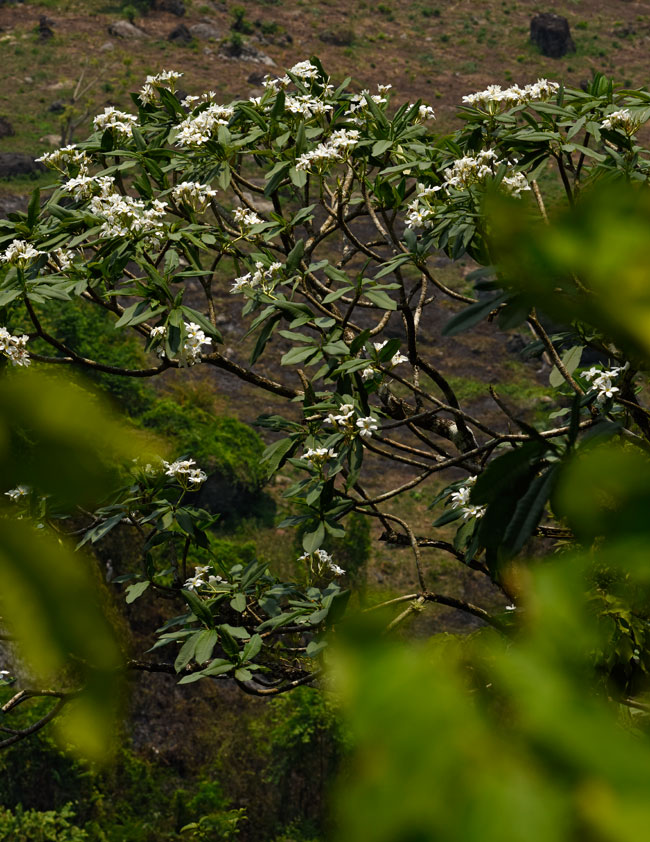 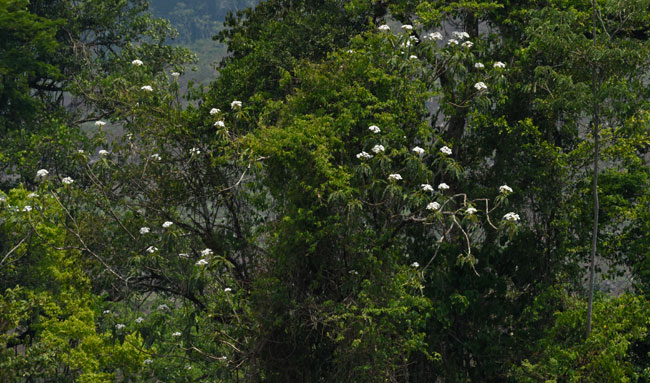 |
We have been doing field trips to find all the different parts of Guatemala where Plumeria grows out in the forests. Most peer-reviewed journals and monographs on plants of Guatemala list the main areas such as the cacti desert along the Rio Motagua. We have found Plumeria growing among cacti overlooking the Rio Sacapulas.
And this weekend we found Plumeria growing on steep high cliffs overlooking the Rio Polochic parallel to the road between Tucuru and La Tinta, Alta Verapaz, Guatemala. No cactus plants anywhere.
2000 years ago Plumeria had many uses among the Maya; and 1000 years ago the Aztec used Plumeria for many purposes as well. Today very few indigenous people use Plumeria except as decoration in church-related ceremonies.
|
|
SIGGRAPH 2016, for 3D scanning and animation of flowers and plants
Posted May 10, 2016 by Diana Cruz and Vivian Diaz
 |
3D scanning and 3D imaging are used for many fields. But we at FLAAR Reports are always looking for innovative ways to employ 3D technology.
For example, the team at FLAAR has been working on doing 3D images of all kinds of plants and trees: cacao (chocolate) pods and entire trees. A lot of this work was accomplished by Andrea Mendoza, who attended SIGGRAPH 2015 with Melanny Celeste Quinonez. This year two other Assistant Review Editors will attend both the conferences and the expo in July.
Our purpose is to explain to the world that SIGGRAPH is a great place for students to attend. Everyone at FLAAR Reports is bi-lingual or tri-lingual, but there are plenty of Spanish speaking attendees every day at SIGGRAPH.
Conferences are five educational days, 24-28 July, Anaheim, California.
SIGGRAPH exhibition is 26-28 July.
There are various web sites, one is www.s2016.siggraph.org. We hope to see you there in July.
Parque Nacional Yaxha, Nakum and Naranjo
Carnivorous Plants
Plants of Municipio de Livingston, Izabal
- Acrostichum danaeifolium, giant leather ferns
- Bellucia Pentamera
- Bibliography on Grias cauliflora
- Bibliography on Licania platypus
- Bibliography on Mangle negro (Avicennia germinans) L.
- Bibliography on Montriacardia arborescens
- Bibliography on Typha domingensis and Thypha latifolia
- Conocarpus erectus, white mangrove
- Edible Wetlands Plants, Hotel Tortugal
- Heliconia latispatha
- Heliconia wagneriana
- Manicaria saccifera Confra palm
- Neotropical trees of Guatemala need protection
- Nymphoides indica, waterlily flowers
- Pachira aquatica, zapoton
- Bibliography on Pithecellobium Mart., Neotropical trees of Mesoamerica
Ecosystems, Wetlands Aquatic Plants
Smartphone Camera Reviews
Bushes and small trees
Fungi and Lichens
Orchids
- Bibliography Bletia purpurea, aquatic orchid
- Bibliography, Epidendrum radicans
- Bibliography on Habenaria Orchids from Yaxha
- Bibliography, Lycaste virginalis var. alba.
- Bibliography, Macroclinium bicolor
- Bibliography, Prosthechea cochleata
- Bibliography Sobralia macrantha, Lirio de San Juan
- Bibliography, Sobralia xantholeuca
- Bibliography on Terrestrial shade orchids from Guatemala
- Bibliography on Terrestrial sunny orchids from Guatemala
Botanical Terms
Maya and Aztec flavorings for cacao, cocoa, chocolate
- Achiote, Bixa orellana
- Bibliography on Achiote, Bixa orellana
- Bibliography on Esquisúchil, Bourreria huanita
- Bourreria huanita
- Cassia grandis, bucut
- Chile Chocolate
- Chile Chocolate (Capsicum annuum var accuminatum)
- Chiranthodendron pentadactylon
- Cymbopetalum penduliflorum
- Guazuma ulmifolia
- Haematoxylum brasiletto
- Piper auritum, hoja santa
- Piper species
- Quararibea funebris
- Sterculia apetala, castaño
- Tagetes sp., Marigold
- Talauma, a variant of Magnolia
- Vanilla orchid
- Virola and nutmeg
Cacao, cocoa, chocolate
Consulting cacao & Theobroma species
Tobacco Ingredients of Aztec & Maya
Trees of Mesoamerica
- Bibliography on Acacia dolichostachya, Wild tamarind
- Bibliography, Bellucia costaricensis
- Bibliography, Bucida buceras
- Bibliography on Coccoloba belizensis Standl.
- Bibliography on Cojoba sp. and Cojoba arborea
- Bibliography, Ficus.
- Bibliography on Haematoxylum campechianum and H. brasiletto
- Bibliography on Hibiscus pernambucensis
- Bibliography on Ipomea murucoides
- Bibliography on Lacmellea standleyi, lechemiel
- Bibliography on Leucaena leucocephala
- Bibliography on mangle rojo (Rhizophora mangle)
- Bibliography on Manzanillo, Alseis yucatanensis Standl.
- Bibliography on Matilisguate, Tabebuia rosea
- Mangrove swamp Trees
- Bibliography on Ruagea insignis
- Bibliography on Pterocarpus officinalis
Bombacaceae, Bombacoideae
Tropical Fruits of the Maya
- Avocado Hass
- Bibliography on Coloc, Talisia floresii
- Bibliography, Dichogamy of avocado species
- Bibliography on Guayo, Talisia olivaeformis
- Bibliography on Laetia thamnia, Bakelac
- Bibliography on Maracuyá, Passiflora quadrangularis L.
- Bibliography on Punica granatum L., Granada
- Cashew
- Cuajilote, Parmentiera aculeata
- Granada
- Guanabas and Annonas
- Guava, Guayaba, Psidium guajava L
- Introduction to Papaya
- Nance a fruit of prehispanic Guatemala
- Passion flowers and fruits
- Passion flower, giant fruit
- Talisia floresii, Sapindaceae
- Carica Papaya Bibliography
Tropical Nuts
Spices, condiments, food coloring
Medicinal Plants
- Aristolochia, The largest flower in Guatemala, Bibliography
- Asclepias curassavica, bibliography
- Bibliography on Ciricote, Cordia dodecandra
- Bibliography on Contrahierba, Dorstenia contrajerva
- Bibliography on Falso hibisco, Malvaviscus arboreus
- Bibliography on Huele de noche, Cestrum nocturnum
- Bibliography on Lirio araña, Hymenocallis littoralis
- Bibliography on Roble Prieto, Ehretia tinifolia
- Bibliography, Tithonia diversifolia
- Canak
- Calliandra general info
- Guava, Guayaba
- Magnolia and Taluma
- Mayan medicinal plants
- Piper
- Tecomasuche, Coclospermum vitifolium
- Bibliography on Sufricay, Malmea depressa
- Bibliography on Wigandia urens
Underutilized edible plants
Edible Plants of the Mayan World
- Acacia, subin, bullhorn acacia
- Bibliography, Annona muricata
- Bibliography, Annona purpurea
- Bibliography, Annona reticulata
- Bibliography on Chipilín, Crotalaria longirostrata
- Bibliography on Chirimoya, Annona squamosa
- Bernoullia flammea
- Canna indica, tamale wrap
- Cuchamper, Gonolobus
- Guava, Guayaba
- Bibliography, Gonobolus sp.
- Bibliography, Parmentiera aculeata
- Pacaya palm Chamaedorea tepejilote
- Split leaf philodendron, Monstera deliciosa
Plants and trees used to produce incense
Utilitarian Plants
- Bibliography, Acacia farnesiana
- Bibliography on Aechmea bromeliifolia
- Bibliography on Agave americana
- Bibliography, native Agave species from Guatemala
- Bibliography on Anthurium crassinervium (Jacq.) Schott
- Bibliography on Balsa, Ochroma pyramidale
- Bibliography on Bamboo, Guadua longifolia (E.Fourn) R.W.Pohl
- Bibliography, Crescentia alata
- Bibliography, Crescentia cujete
- Bibliography on Hule, Castilla elastica
- Blepharidium guatemalense, irayol blanco
- Crescentia alata, Crescentia cujete
- Tecomasuche, Coclospermum vitifolium
- Bibliography on Coxte, Colubrina arborescens
- Bibliography on Madre cacao, Gliricidia sepium
- Bibliography on Tillandsia usneoides
Flowers, edible
Camera Reviews for Photographing Flowers and Plants
Toxic plants
Trees with conical Spines
Flowers native to Guatemala visible now around the world
SUBJECTS TO BE COVERED DURING NEXT 6 MONTHS
Grains
Fruits (typical misnomer mishmash of Spanish language)
Other Fruits (primarily fruits from trees)
Fruits (vines or cacti)
Flavoring, herbs, and spices
Flowers, sacred
Plants which are sacred
Plants mentioned in myths
plants to produce Alcohol
Plants used for drugs
Plants or trees that are used to produce incense
Most common introduced plants (not native)
Glossaries

